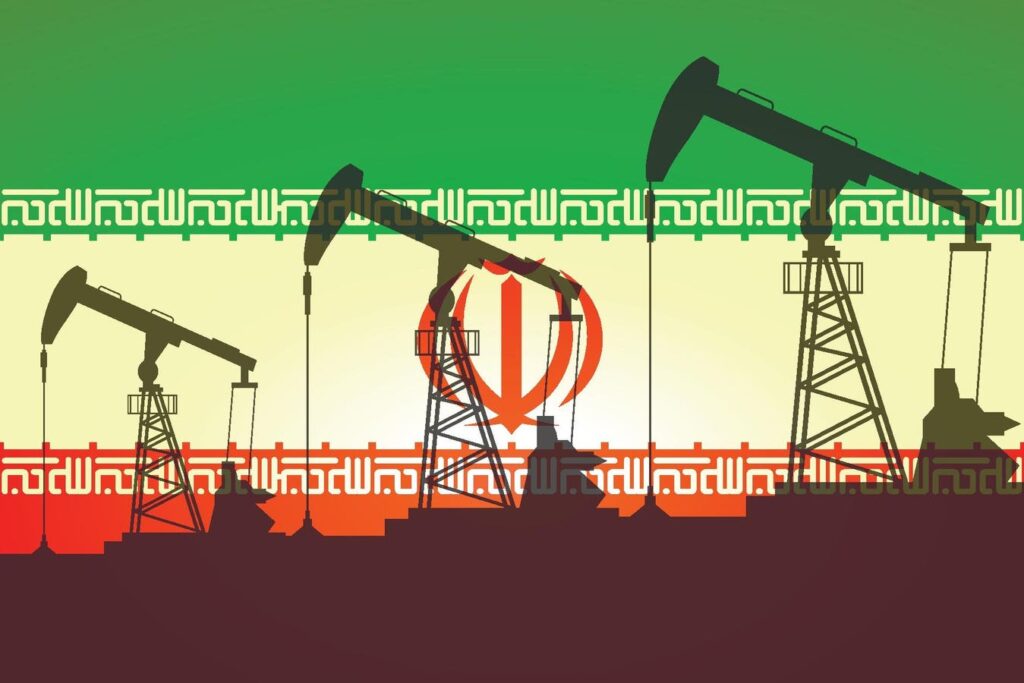Beyond the obvious humanitarian tragedy that surrounds any armed conflict, the Israel-Iran war has crucial possible implications for the global economy. With the US striking Iranian nuclear sites, there is a concern that a spreading conflict could impact oil supply and thus choke global economic growth. This piece will examine the impact of past geopolitical events on markets and the potential implications of the Israel-Iran conflict.
Past Geopolitical Events
When Iraq invaded Kuwait in August 1990, there were some similar concerns to today. The S&P 500 was down 3.3% in the week following and took months to recover. By the following year, stocks were over 10% higher. The backdrop was quite different from today, though, with the US in the midst of a recession and the Savings & Loan crisis.
To be clear, even though they are luckily in the minority, there are events like World War Two or September 11, where markets are significantly lower a year after the initiation of hostilities.
Recent Market Performance
Since the start of the current Israel-Iran hostilities on June 13, the S&P 500 has been 1.2% lower.
Stocks were little changed last week. The S&P 500 is 2.9% below its mid-February high, having declined by almost 20%. The Magnificent 7, comprising Microsoft (MSFT), Meta Platforms (META), Amazon.com (AMZN), Apple (AAPL), NVIDIA (NVDA), Alphabet (GOOGL), and Tesla (TSLA), has recovered to 8.7% below its mid-December level.
Oil Prices
Since the war began on June 12, the price of WTI crude oil has increased by 10.1%. Since energy, with oil being a significant part of that mix, is a key fuel for all economic growth, past spikes in oil prices have been associated with economic downturns.
On the surface, the increase in prices does not seem extreme enough to collapse economic activity. The price remains well below the 2022 spike on both a nominal and, more importantly, inflation-adjusted basis.
Consumer Impact
Notably, the US and the world have become much more efficient in the utilization of energy. This improved efficiency has translated into a lower proportion of consumer spending allocated to energy, even at the same oil price. In other words, consumers are less negatively affected by oil price increases than in the past.
To be clear, higher oil prices are still felt by the consumer. One need only think back to the adverse reaction to high gasoline prices in 2022 to prove the point. Furthermore, like tariffs, the higher oil and gasoline prices weigh more heavily on lower-income households than on higher-income households, as they spend a larger percentage of their income on energy.
US Oil Production
Fracking changed the story of US oil production more than many appreciate. US domestic oil production began to decline in the 1970s and reached its lowest point in 2008. Since then, fracking has led to production surging to all-time highs.
The US has now become the Saudi Arabia of oil! While Saudi Arabia’s share of the global crude oil production has remained reasonably constant at around 12%, the US has increased from providing about 8% of the global oil supply to over 20%.
US Economic Impact
In the past, the automatic answer was that the US economy suffered a net loss when oil prices were higher. Consider that without significant domestic production, the US economy was primarily seeing higher prices without benefiting from the oil price increase.
With the surge in US production, the increase in oil prices is likely to be neutral for the US economy. This less US economic harm isn’t to imply that a spike in oil prices would be an optimal situation for the economy or markets. Consider higher oil prices as a general reallocation of profits from other industries to the energy sector. This profit reallocation is not typically healthy for overall stock market performance.
US Households
The recent release of US household net worth presents a relatively optimistic picture in aggregate, with net worth only slightly below all-time highs.
While it is correct for pessimists to point to rising US consumer debt levels since the pandemic lows, the ability of households to handle that debt remains at better-than-pre-pandemic levels.
Further to rising consumer debt, credit card debt has also increased, but delinquencies remain below pre-pandemic levels.
Overall, US households are in a reasonable financial position to withstand an increase in oil prices. Much of the positive story relies on the US labor market remaining resilient. There are signs, as indicated by slowing payroll job growth and rising continuing claims for unemployment benefits, that the job situation is deteriorating. As noted previously, a rise in oil prices disproportionately negatively impacts lower-income households, who are already struggling with the elevated inflation of recent years.
Federal Reserve
As expected, the Federal Reserve made no change to short-term interest rates last week. The meeting continued the trend of the central bank holding steady under “elevated” uncertainty about the economic outlook. The updated median estimates from the Fed still call for two rate cuts this year. Under the surface, the forecast showed a considerable difference in opinions among members, with seven expecting no cuts in 2025 and ten forecasting two or more cuts. To underscore the lack of confidence in the outlooks, Chair Powell said, “No one holds these rate paths with a great deal of conviction.”
Markets currently expect two 25-basis-point (0.25%) Fed cuts in 2025, consistent with the median Fed projection. There is little chance of a cut in July. Instead, the first move lower in 2025 is expected in September.
Betting Odds
The betting market priced in slightly higher odds of a recession in 2025 following the beginning of the bombing of Iran. This relatively small increase in recession risk is consistent with the decline in stock prices. Notably, markets currently project a relatively low risk of a US recession, which is consistent with the fundamental health of the US economy and its current resilience to higher oil prices.
Conclusions
The primary economic risk of the Israel-Iran conflict is the potential threat to oil supplies, which could lead to significantly higher oil prices. Higher oil prices are a headwind to global growth. While higher oil prices are a significant drag on many sectors within the US economy, the profits from US oil production provide a positive offset.
Within industries, high energy prices reallocate profits from other sectors to the energy sector. Stocks within the energy sector tend to outperform when oil prices rise and underperform when they fall.
Warren Buffett’s Berkshire Hathaway has a significant allocation to energy stocks, which account for approximately 11% of the publicly traded stock portfolio, compared to a little over 3% of the S&P 500. Berkshire controls almost 27% of the outstanding shares in Occidental Petroleum (OXY), which, combined with its Chevron (CVX) position, results in a significant overweight in the energy sector. A deeper analysis of the probable reasons behind the Occidental purchase can be found here. Buffett has noted that energy investments are a bet on oil prices over the long term.
Based on past geopolitical conflicts, investors should be prepared for pressure on stocks at the start of any widening conflict. While the timing is always unclear, stocks have rebounded as the uncertainty surrounding the events waned. If energy stocks aren’t already part of their diversified portfolio, investors should consider allocating some portion of their portfolio to energy stocks. The energy sector is expected to benefit from rising oil prices, providing some offset to the pressure on other industries.
Read the full article here


